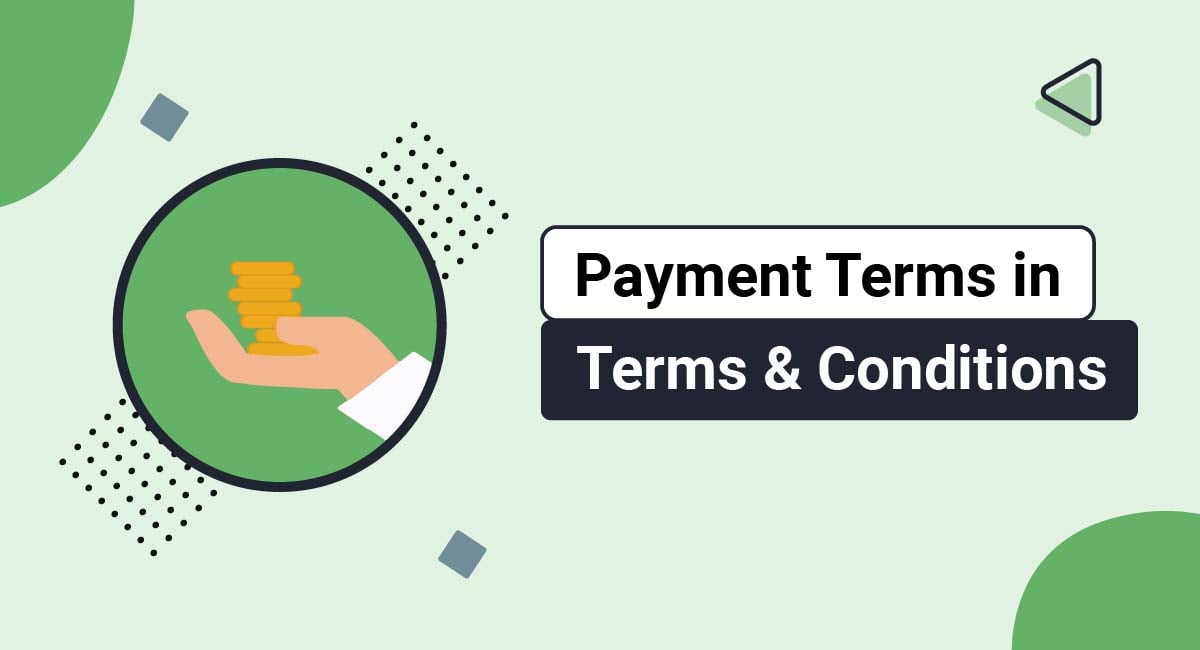In the fast-paced world of business, cash flow is the lifeblood that sustains growth and innovation. However, when clients fall behind on payments, the strain can be palpable.
Navigating the intricacies of debt collection can be daunting, pushing even the most seasoned entrepreneurs to the edge of frustration. Yet, effective debt collection is not simply about sending reminders or making phone calls; it requires a strategic approach that balances assertiveness with empathy.
In this article, we’ll explore three proven debt collection strategies that can empower businesses to reclaim their overdue payments while maintaining strong customer relationships. From leveraging technology to harnessing the power of communication, these tactics are designed to transform the often uncomfortable process of debt recovery into a more streamlined and effective endeavor.
Let’s dive into these strategies and equip your business with the tools needed to thrive, even in challenging financial waters.
Establish Clear Payment Terms and Communication

Establishing clear payment terms and effective communication is crucial when it comes to navigating the often murky waters of debt collection. From the outset, it’s vital to define specific payment deadlines, acceptable methods of payment, and any potential penalties for late transactions.
This clarity helps eliminate misunderstandings later on. But clarity alone isn’t enough; maintaining a consistent line of communication is equally important.
Regular check-ins, whether through phone calls, emails, or even friendly reminders, can foster a relationship built on trust and transparency. It’s not just about sending an invoice and waiting; it’s about engaging with clients, understanding their circumstances, and demonstrating a willingness to work together toward a resolution.
By prioritizing both defined payment expectations and open dialogue, businesses can pave the way for smoother debt recovery processes, ultimately reducing frustration for all parties involved.
Implement a Structured Follow-Up Process

Implementing a structured follow-up process is essential for effective debt collection, as it provides a systematic approach to managing outstanding invoices while maintaining professionalism. Start by establishing a timeline for follow-ups—perhaps the first reminder could be sent a few days after the due date, followed by subsequent notices at regular intervals.
Each communication should be clear and concise, defining the debt, the amount due, and any relevant terms or consequences. However, it’s crucial to vary your tone and method; mix up phone calls with emails and even SMS reminders to create a more dynamic interaction.
Personalization is key, so reference past interactions or any unique circumstances related to the account. By creating a series of follow-up steps that are both methodical and adaptable, businesses can increase the likelihood of timely payments while building stronger relationships with clients, paving the way for future transactions.
Leverage Technology and Automation for Efficiency

In today’s fast-paced business landscape, harnessing technology and automation is no longer optional; it’s essential for streamlining debt collection processes. Imagine a world where tedious follow-up calls and painstaking record-keeping are seamlessly managed by cutting-edge software.
Automated reminders can be sent out via email or text, ensuring that debtors receive timely notifications while freeing up valuable human resources for more complex tasks. Furthermore, leveraging data analytics allows businesses to identify patterns in payment behaviors, so they can tailor their strategies accordingly.
This not only enhances efficiency but also improves customer relationships, as personalized communication fosters respect and understanding. Embracing these innovative tools can elevate your debt collection efforts, turning what was once a cumbersome chore into a strategic advantage.
Conclusion
In conclusion, effectively managing debt collection is crucial for maintaining the financial health of any business. By implementing strategies such as clear communication, establishing a solid payment process, and leveraging the expertise of collections firm when necessary, businesses can enhance their recovery rates and foster stronger relationships with their clients. By prioritizing these approaches, organizations not only improve their cash flow but also position themselves for long-term success in a competitive marketplace.
Ultimately, a proactive and strategic stance on debt collection can transform challenges into opportunities, ensuring that businesses thrive while upholding their professional standards.


